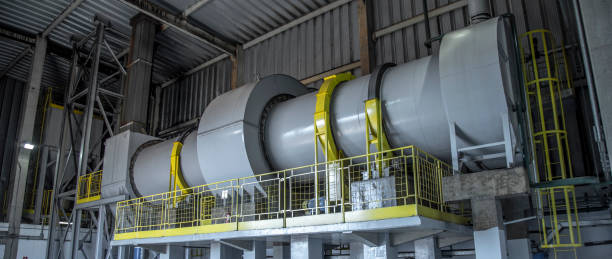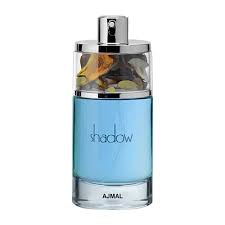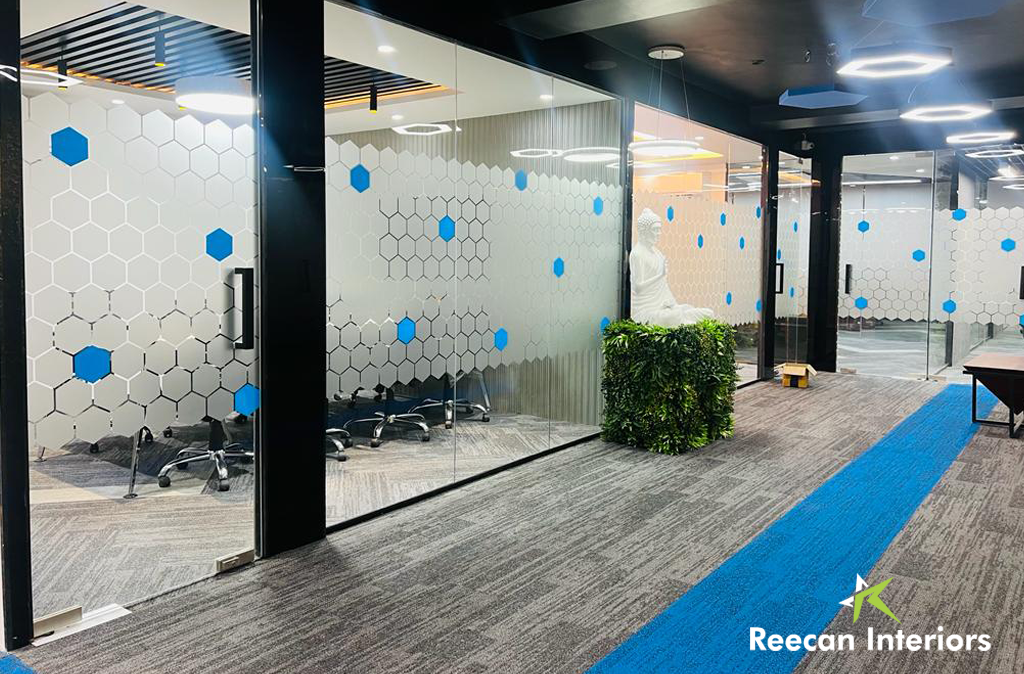Is it hotter to pay your power bill than it is outside? Using the same drying tools even though they’re no longer effective? You understand in Singapore how vital it is to become energy efficient in manufacturing—it means life or death for the business. Since energy prices are high, you have tough rules to follow and days can feel very humid, your industrial drying solutions cannot be big energy users.
Whatever type of dryer you use, from humidity cabinets to big dryers, each kilowatt counts. An important matter is this: Are your equipment and systems saving energy—or slowly costing you money?
First, it’s important to understand the real meaning of energy-saving in current industrial drying systems, especially in Singapore where moisture is common. Plain and simple, easy to understand. All the information you have to have.
Why Singapore’s Climate Makes Drying a Daily Battle
Humidity: The Invisible Saboteur
If you’ve lived here long enough, you already know—the humidity isn’t messing around. For manufacturers, it’s more than a sweaty annoyance. Moisture wreaks havoc on production.
- It slows drying times
- It spoils sensitive materials
- It increases microbial growth risks
- And it drives up energy use
That’s why humidity controlled cabinets have become essential for electronics, pharmaceuticals, aerospace, and food processing. But even those need to be efficient.
The True Cost of Inefficient Drying
Drying is one of the top five energy consumers in industrial processes. When you’re using systems that aren’t optimized for energy efficiency, you’re burning money. Over time, inefficient industrial drying solutions don’t just affect your bottom line—they impact your carbon footprint and compliance.
What Makes Industrial Drying Solutions Energy-Efficient?
Energy efficiency isn’t just about slapping on an “eco” label and calling it a day. Here’s what to actually look for when evaluating energy-saving industrial drying solutions for manufacturers.
1. Smart Airflow Control
Controlling airflow with variable speed fans can cut energy use drastically. These systems adjust based on real-time humidity and load levels. Less energy, same output. Sounds like magic? It’s just smarter design.
2. Heat Recovery Systems
Why waste heat when you can reuse it? Good systems capture and redirect residual heat back into the drying chamber. This can cut energy consumption by up to 30%.
3. Desiccant Drying with Sensor Feedback
Modern humidity controlled cabinets use sensor-triggered desiccant drying. That means the cabinet only runs when needed. No guesswork, no over-drying.
4. Modular Design
Scalability matters. Modular units let you dry only what you need. No overcompensation, no wasted energy.
How to Tell If Your System Is an Energy Hog
Let’s be honest: when was the last time you reviewed your drying system’s energy usage?
Here’s a quick checklist to see if your current industrial drying solutions are eating up too much power:
- Does your drying system run continuously, even when not in use?
- Are drying times longer than industry averages?
- Is the system lacking automatic shut-off or sensor-triggered control?
- Are your power bills steadily climbing with no clear cause?
If you nodded at more than one, your system might be more “power-hungry dinosaur” than modern solution.
Singapore-Specific Considerations for Industrial Drying
Singapore isn’t just hot. It’s relentlessly humid all year round. That means your drying system can’t afford to be average—it has to be built for this climate.
3: Tropical Challenges That Demand Precision
- Ambient humidity averages above 80%
- Limited space in industrial zones means compact systems must perform well
- Regulatory bodies are tightening green manufacturing standards
This is why energy-saving industrial drying solutions for manufacturers here must work harder, not louder.
Choosing the Right Humidity Controlled Cabinets
In industries like electronics or pharmaceuticals, drying isn’t optional—it’s critical. Your humidity controlled cabinets need to:
- Hold stable low humidity (<10% RH)
- Consume minimal electricity during idle time
- Avoid heat spikes that damage sensitive items
Modern designs now offer solid-state dehumidifiers and low-power continuous drying options that fit the bill.
Trends Driving Smarter Drying in Singapore
The future of drying isn’t just dry. It’s smart, scalable, and efficient.
Automation and IoT Integration
Think predictive maintenance and real-time monitoring. Systems can now notify you when energy consumption spikes, or parts wear down. This cuts downtime and stops waste before it starts.
Carbon-Conscious Manufacturing
Singapore’s Green Plan 2030 is pushing manufacturers toward sustainable practices. If your industrial drying solutions aren’t efficient, you’re behind the curve. Future tenders and certifications will likely require proof of energy savings.
How to Upgrade Without Burning a Hole in Your Budget
You don’t have to rip everything out and start fresh. Start small. Audit your drying systems. Identify the worst performers. Replace them first with energy-saving industrial drying solutions for manufacturers that offer data logging and smart sensors.
And remember: energy efficiency isn’t just about the hardware. It’s about how you use it. Train your staff to optimize load sizes, drying cycles, and cabinet use.
Still Relying on Guesswork? Don’t.
Here’s a final question for you: If your drying system stopped working right now, how long before you noticed? If your answer is “when the next electric bill arrives,” it’s time to rethink your setup.
Data-driven industrial drying solutions with humidity controlled cabinets aren’t just nice upgrades. They’re necessary tools for cost control, product quality, and long-term sustainability.
Final Thoughts
Singapore’s manufacturing sector doesn’t have the luxury of inefficiency. Energy costs are high, space is tight, and regulations are growing. Whether you’re drying components, materials, or food, your systems need to pull their weight without dragging down your budget.
That’s why energy-saving industrial drying solutions for manufacturers are more than an option—they’re a strategic advantage. And if your current setup can’t keep up with Singapore’s relentless humidity, it may be time to upgrade before the next electric bill shocks you more than your humidity levels.
So go ahead, dry smarter—not harder.






